
By Charles Apple
The Spokesman-Review
Back in the golden days of Top 40 radio, most of the songs you heard had some kind of hook that made you want to hear it again or even buy the 45 rpm vinyl single: a great dance beat or a terrific vocalization.
But what happened when that hook was humor? Example: 60 years ago this week, the No. 1 song on the Billboard Hot 100 was “Itsy Bitsy Teenie Weenie Yellow Polkadot Bikini” by Brian Hyland.
So yes: Novelty songs could be big-sellers, too.
Here are the 20 highest-ranking novelty songs in the history of the Billboard Hot 100 music chart:
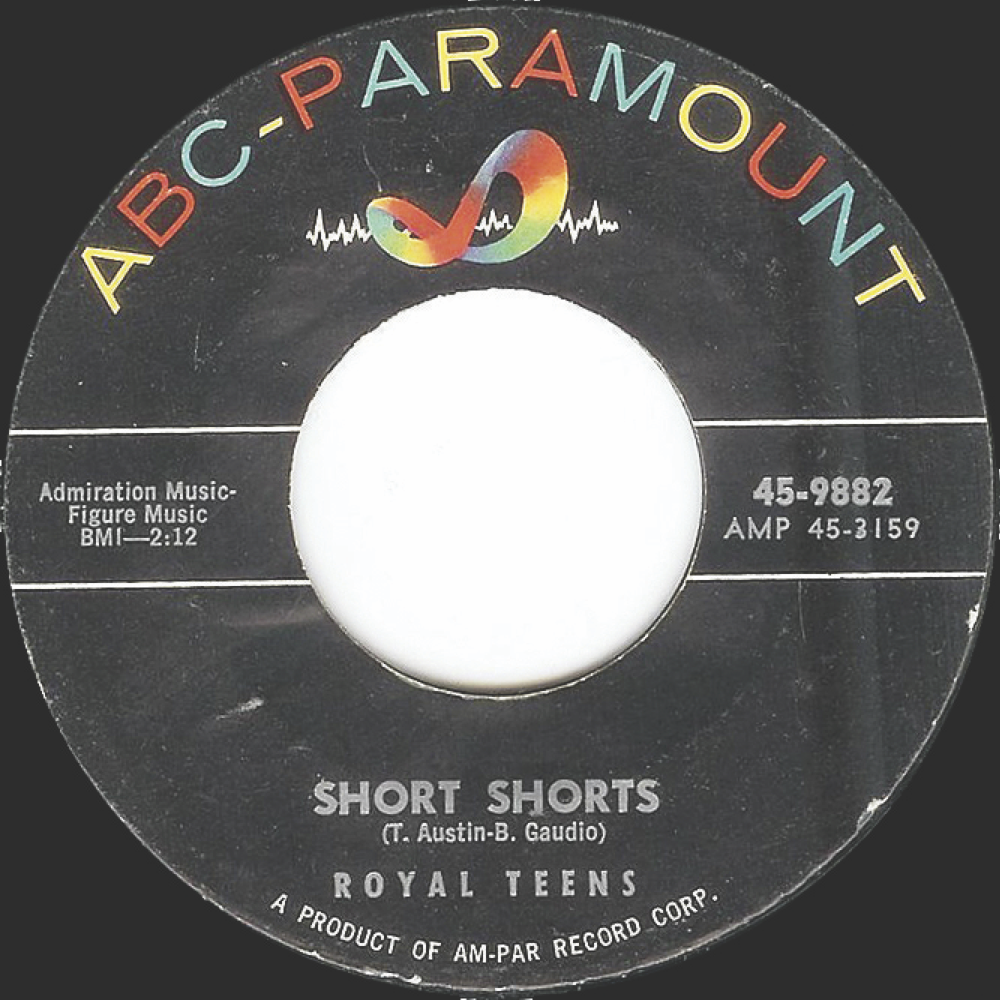
Feb. 23, 1958
SHORT SHORTS
The Royal Teens
Royal Teens pianist Bob Gaudio was only 15 years old when he wrote this song. It would experience a revival in the 1970s and 1980s as a jingle for a women’s hair removal product.
PEAK CHART POSITION: #3 For 2 weeks
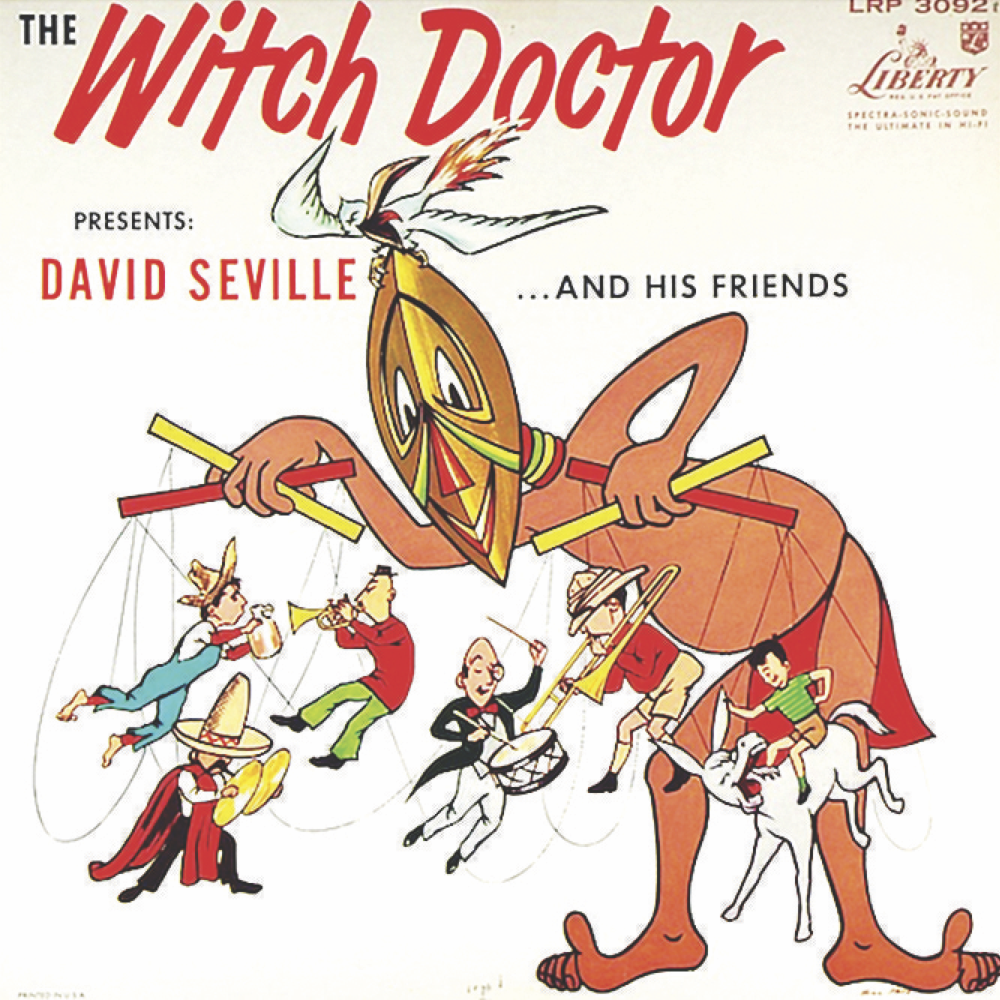
April 28, 1958
WITCH DOCTOR
David Seville
Seville was singer/songwriter Ross Bagdasarian, who stumbled upon the idea of speeding up his own voice. Bagdasarian would put the technique to even more extensive use later.
PEAK CHART POSITION: #1 For 3 weeks
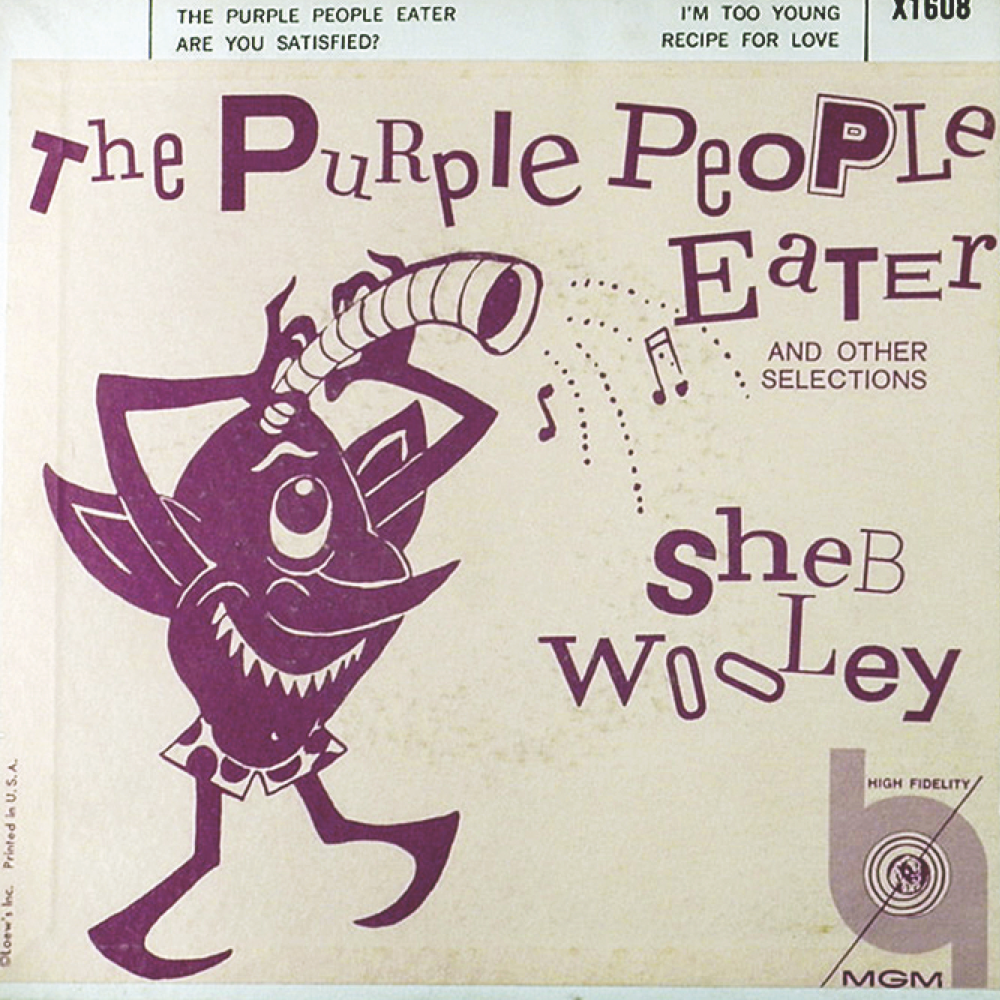
June 9, 1958
THE PURPLE PEOPLE EATER
Sheb Wooley
Another hit song that featured a sped-up vocal. Most people hear this song wrong: The alien monster isn’t purple. He eats people – but only purple ones.
PEAK CHART POSITION: #1 For 6 weeks
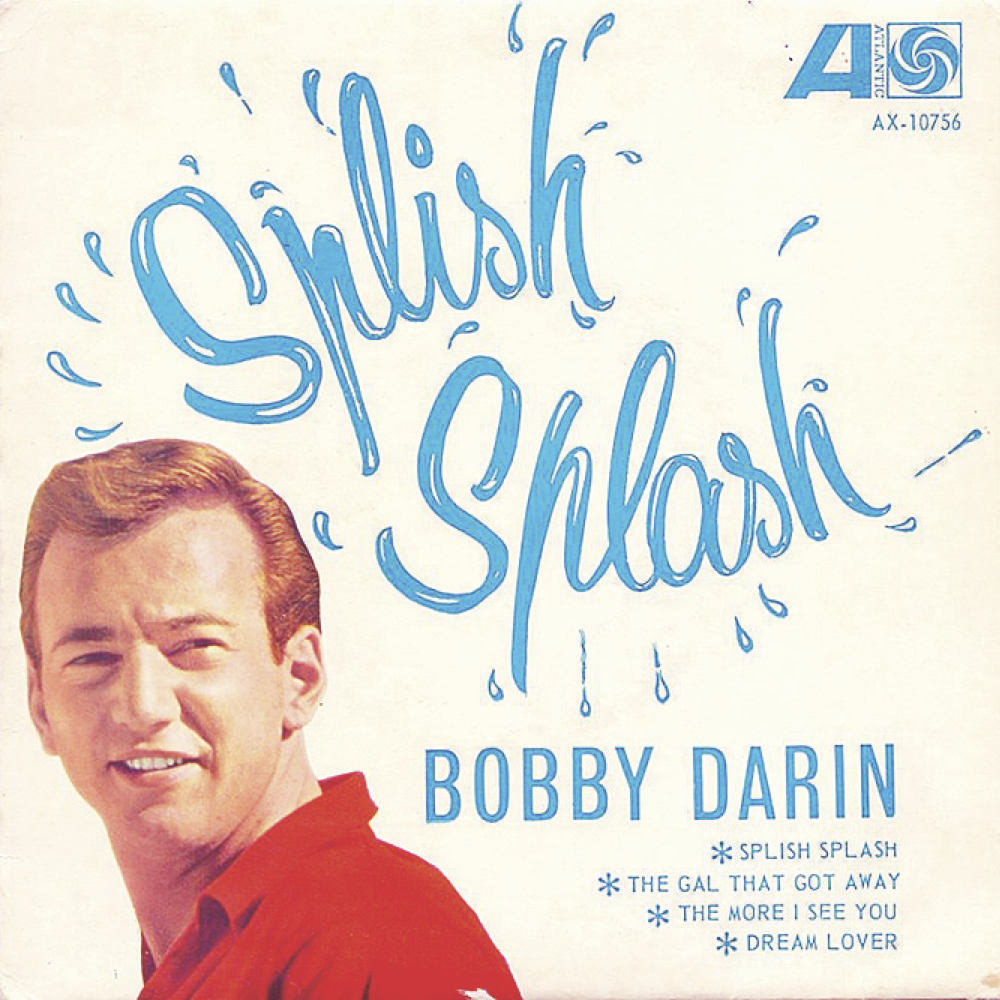
June 30, 1958
SPLISH SPLASH
Bobby Darin
New York DJ Murray the K bet 22-year-old singer Darin that he couldn’t write a song that began with the narrator taking a bath. The result was Darin’s first big hit.
PEAK CHART POSITION: #3 For 1 week
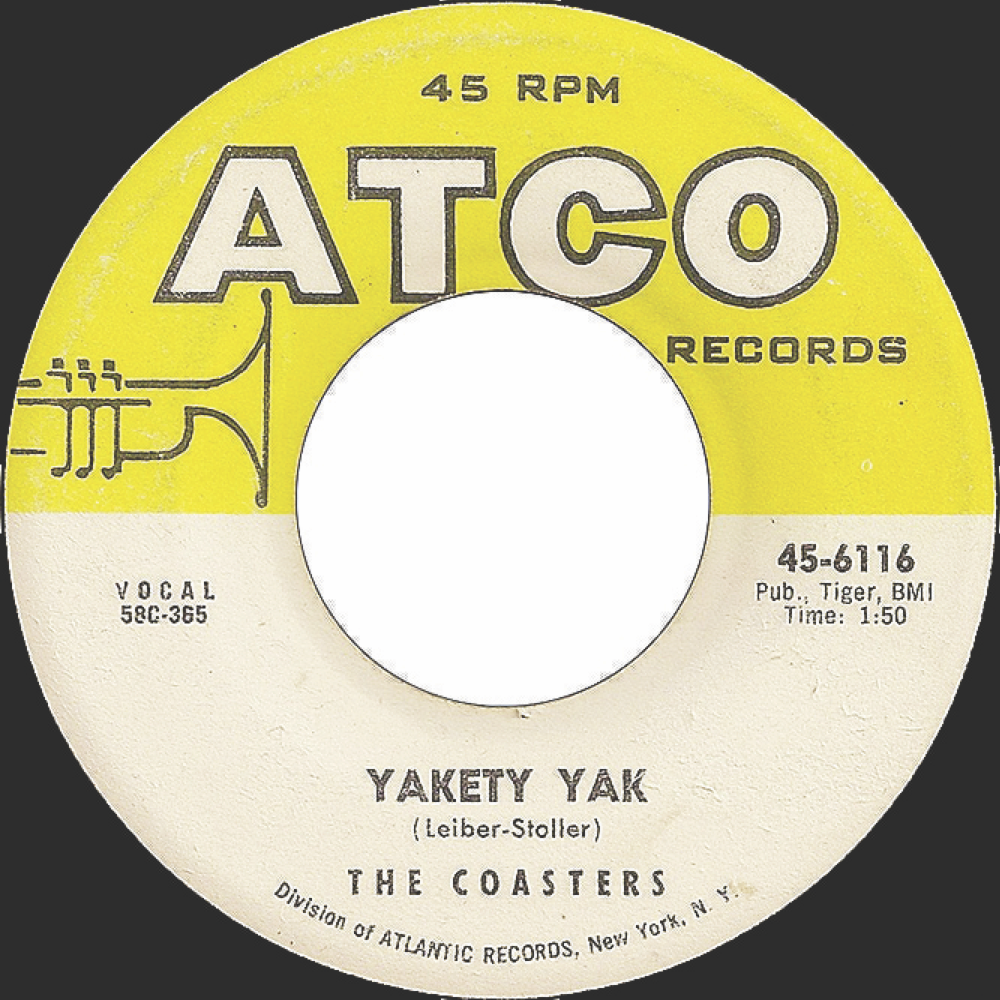
July 21, 1958
YAKETY YAK
The Coasters
This song was written by Jerry Leiber and Mike Stoller – the same guys who created the big Elvis hits “Hound Dog” and “Jailhouse Rock.” Teens loved the parents were mocked on this 45.
PEAK CHART POSITION: #1 For 1 week
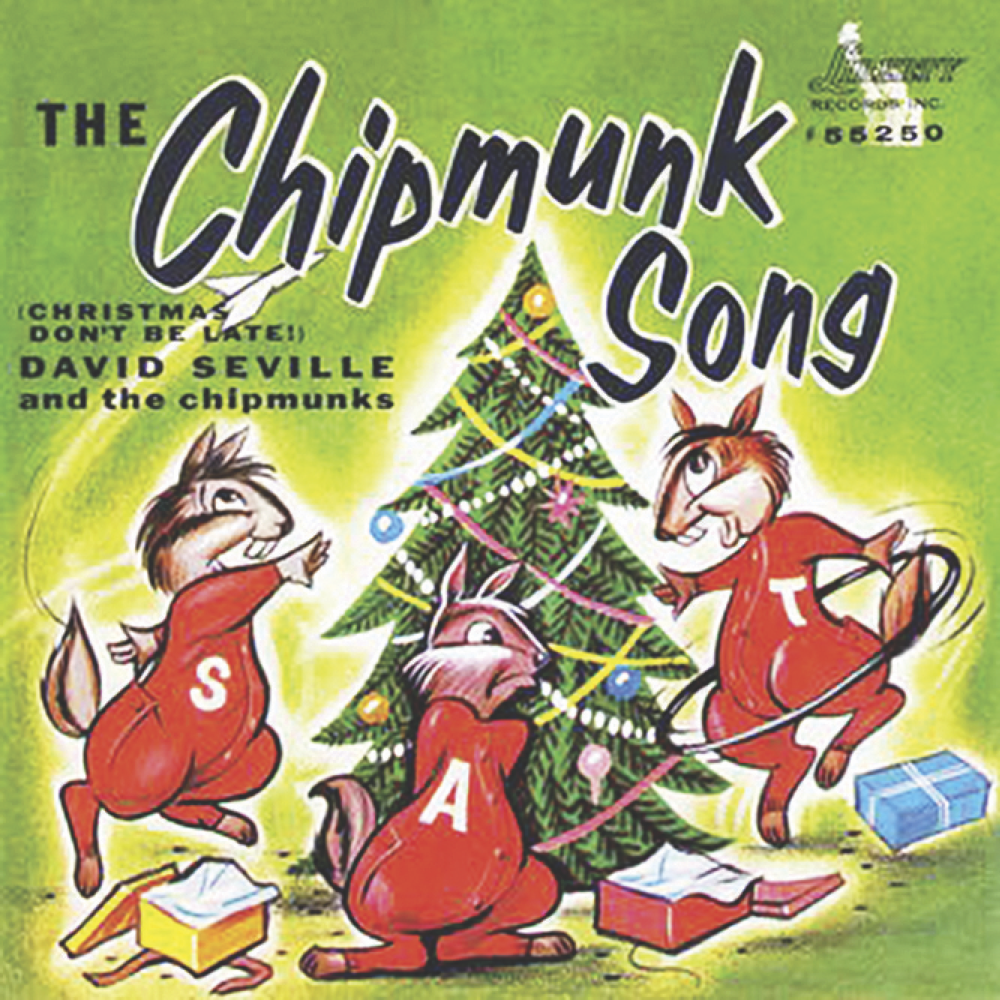
Dec. 22, 1958
THE CHIPMUNK SONG (Christmas Don’t Be Late)
The Chipmunks
Bagdasarian’s second novelty hit consisted of his own voice recorded four times, three of them sped up. The song won three Grammy awards.
PEAK CHART POSITION: #1 For 4 weeks

July 11, 1960
ALLEY OOP
The Hollywood Argyles
The song was inspired by a comic strip, popular at the time, starring a cave man who rides his pet dinosaur. There was no “Hollywood Argyles” – that was a name made up for the studio band.
PEAK CHART POSITION: #1 For 1 week
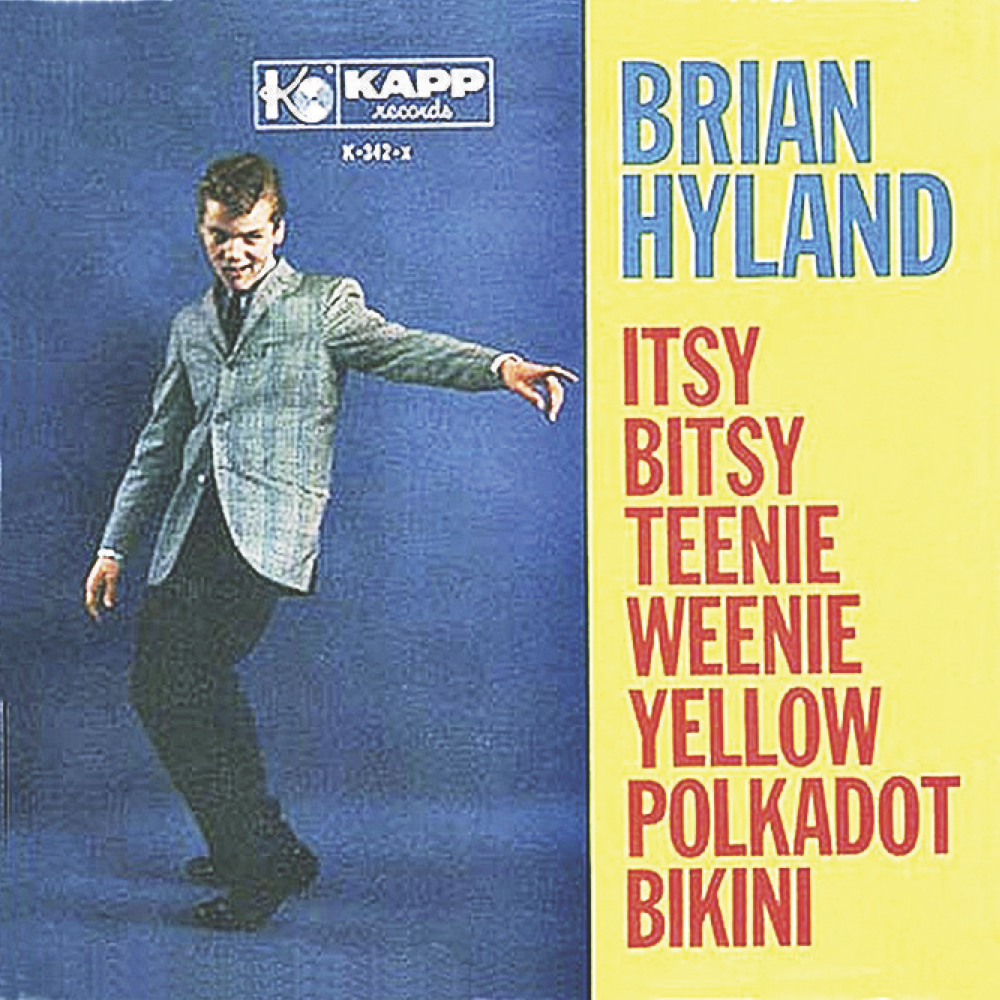
Aug. 8, 1960
ITSY BITSY TEENIE WEENIE YELLOW POLKADOT BIKINI
Brian Hyland
A young woman dares to wear a bikini bathing suit – which were quite new in 1960 – but then is too shy to let herself be seen in it.
PEAK CHART POSITION: #1 For 1 week

Oct. 10, 1960
MR. CUSTER
Larry Verne
A soldier pleads with Gen. Custer before the Battle of Little Bighorn to excuse him from fighting. Verne was a photo lab assistant recruited to sing the song because of his thick southern accent.
PEAK CHART POSITION: #1 For 1 week

Oct. 20, 1962
MONSTER MASH
Bobby “Boris” Pickett and the Crypt-Kickers
While performing with his band, Pickett sang the hit song “Little Darlin’” with a faux Boris Karloff accent. The crowd loved it, inspiring this original composition.
PEAK CHART POSITION: #1 For 2 weeks

June 22, 1963
TIE ME KANGAROO DOWN, SPORT
Rolf Harris
This song was a hit in Australia and New Zealand in 1960, but Harris re-recorded it for the U.S. in 1963. He’d record it one more time in 2000 with the Wiggles.
PEAK CHART POSITION: #3 For 1 week
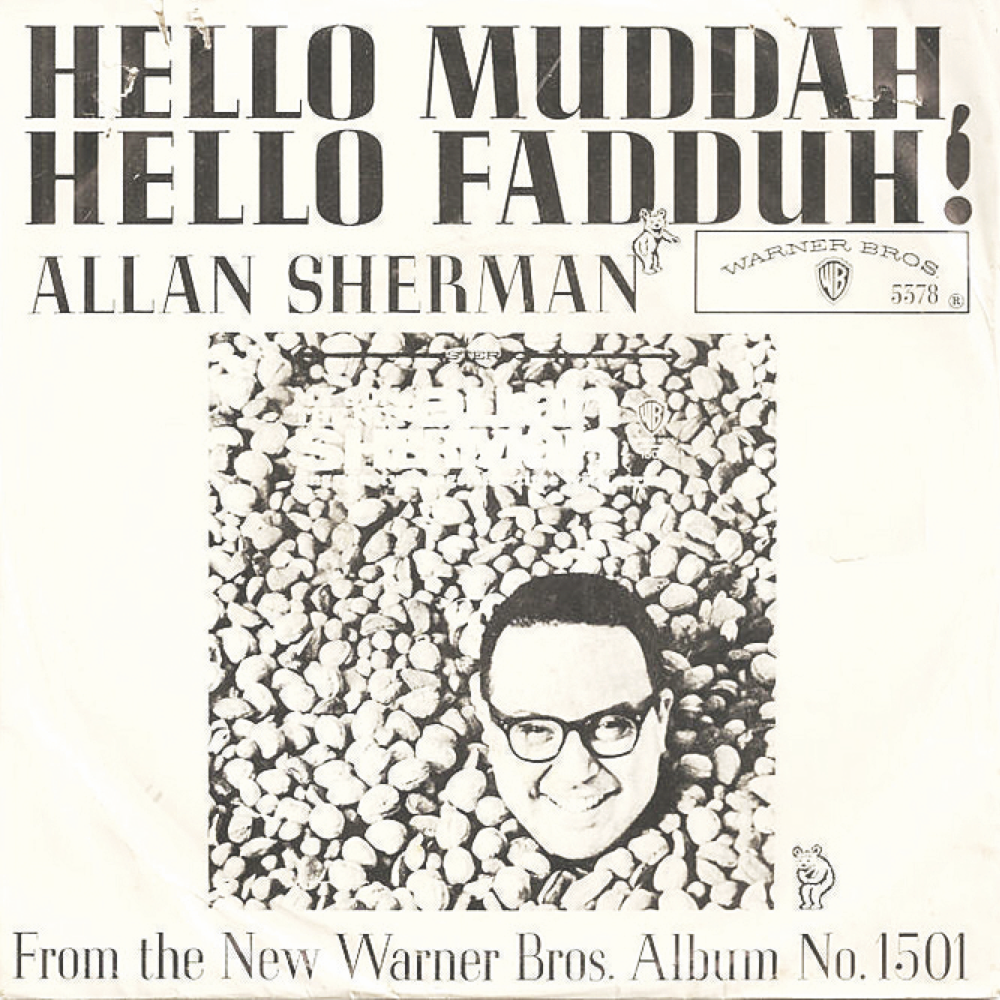
Aug. 10, 1963
HELLO MUDDAH, HELLO FADDAH
Alan Sherman
The melody is from the 1876 ballet “Dance of the Hours” by Amilcare Ponchielli. Sherman based the lyrics on a letter his own son once sent from a summer camp.
PEAK CHART POSITION: #2 For 3 weeks
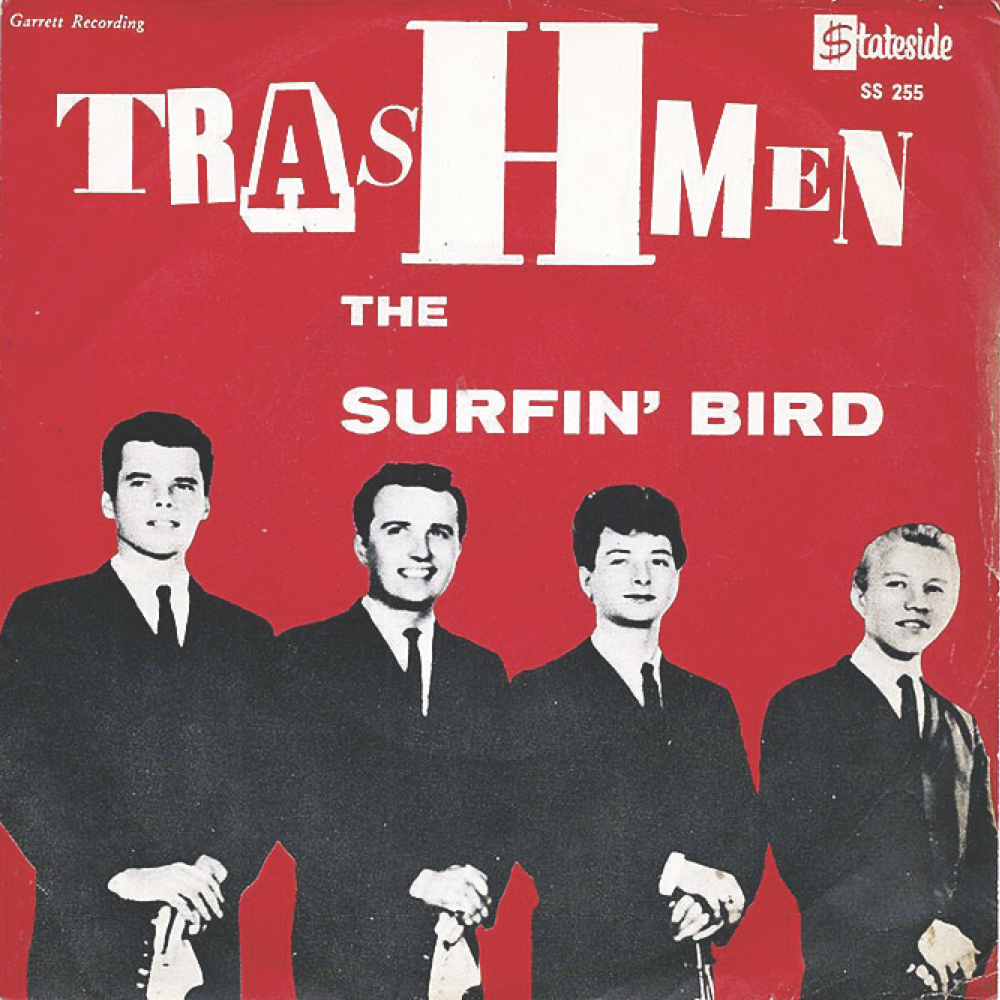
Dec. 28, 1963
SURFIN’ BIRD
The Trashmen
This was a fairly obvious mashup of the chorus of two hit songs by the Rivingtons: “Papa-Oom-Mow-Mow” and “The Bird Is the Word.” The “Surfin’” band the Trashmen were from Minneapolis.
PEAK CHART POSITION: #4
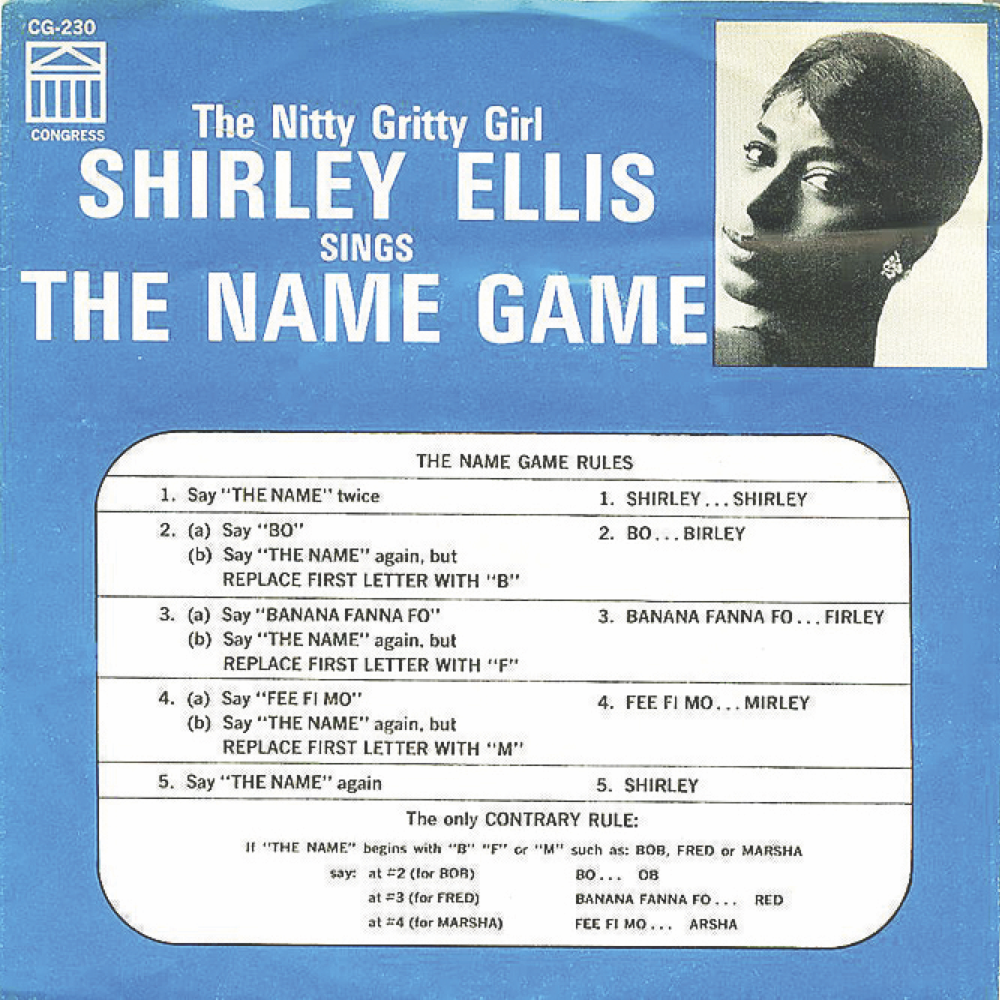
Jan. 9, 1965
THE NAME GAME
Shirley Ellis
Ellis based the lyrics on a game she used to play as a child. She would entertain audiences by rhyming any name thrown at her. Ellis would follow up that year with another novelty hit, “The Clapping Song.”
PEAK CHART POSITION: #3 For 2 weeks
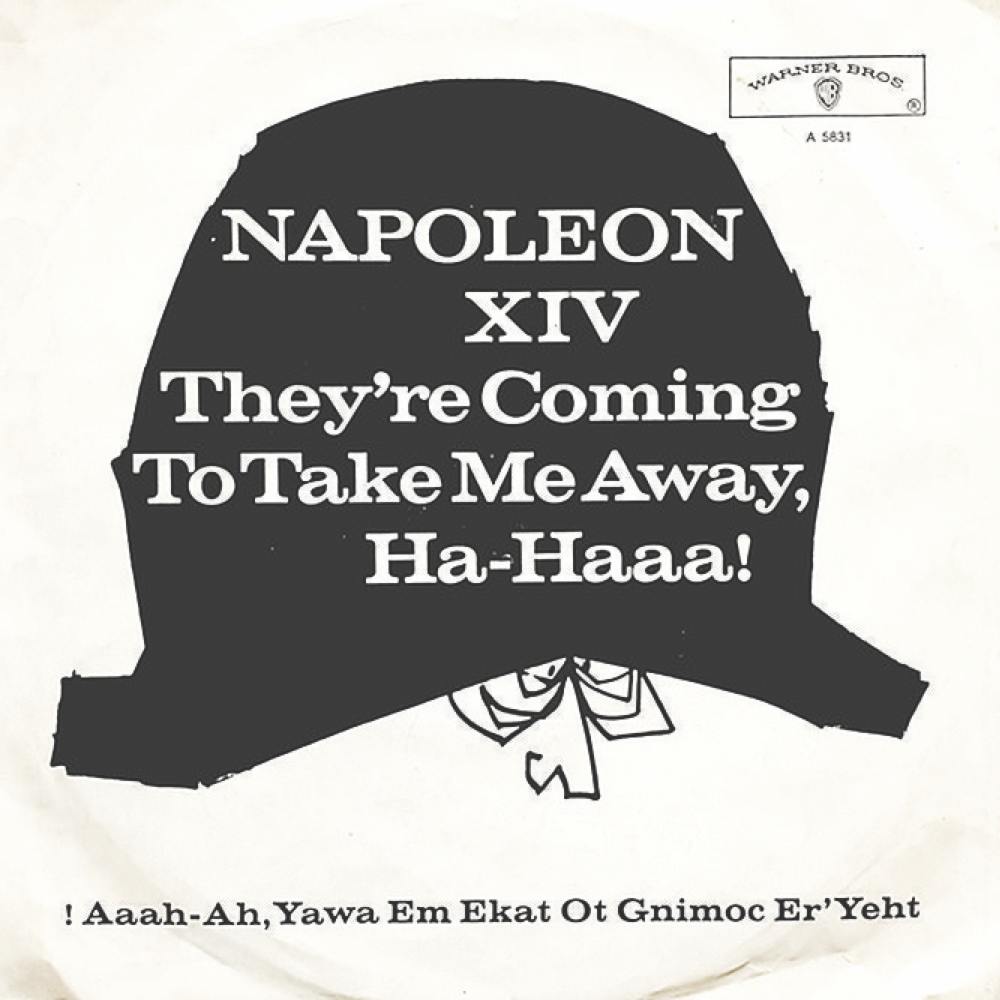
July 30, 1966
THEY’RE COMING TO TAKE ME AWAY, HA-HAAA!
Napoleon XIV
Written and sung by recording engineer Jerry Samuels, who liked to play with the equipment. The B-side was the same song, backwards.
PEAK CHART POSITION: #3 For 1 week
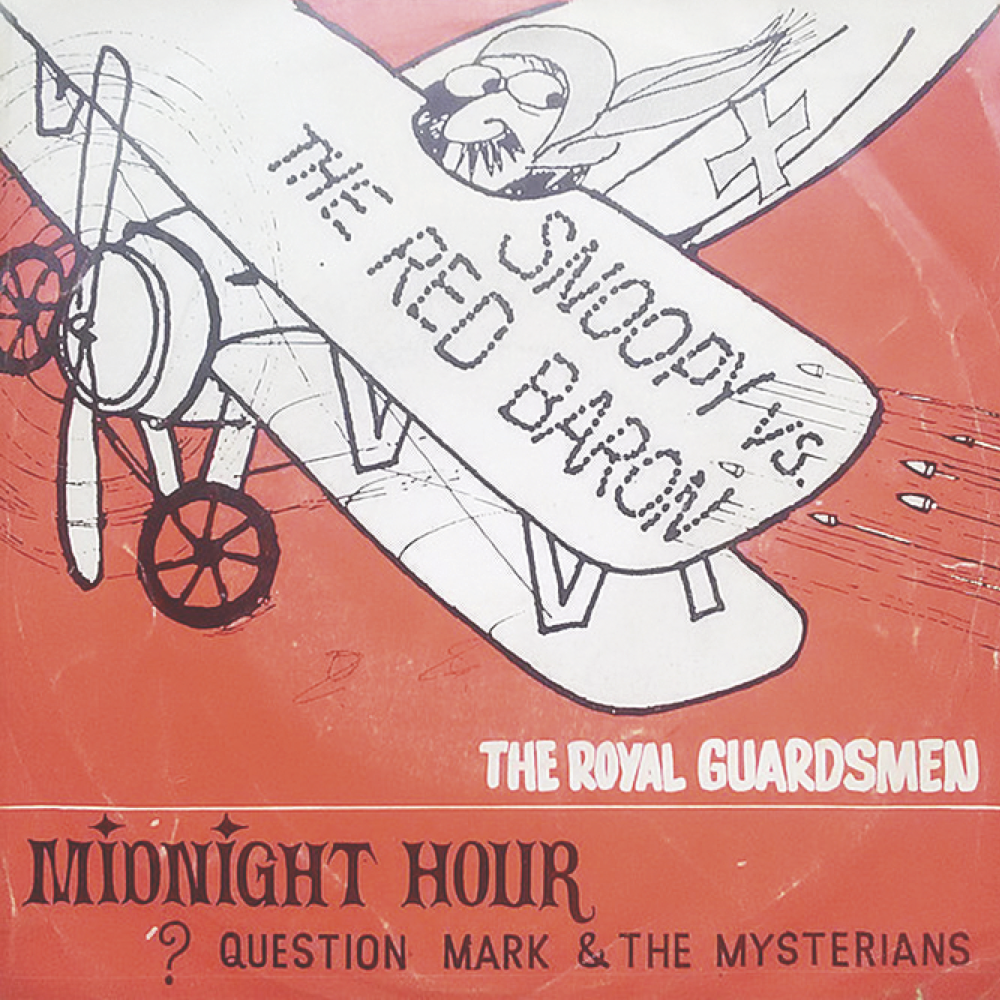
Dec. 17, 1966
SNOOPY VS. THE RED BARON
The Royal Guardsmen
In some U.K. countries, the adjective in “bloody Red Baron” was considered an obscenity and was edited out. The group would go on to record several sequels.
PEAK CHART POSITION: #2 For 4 weeks
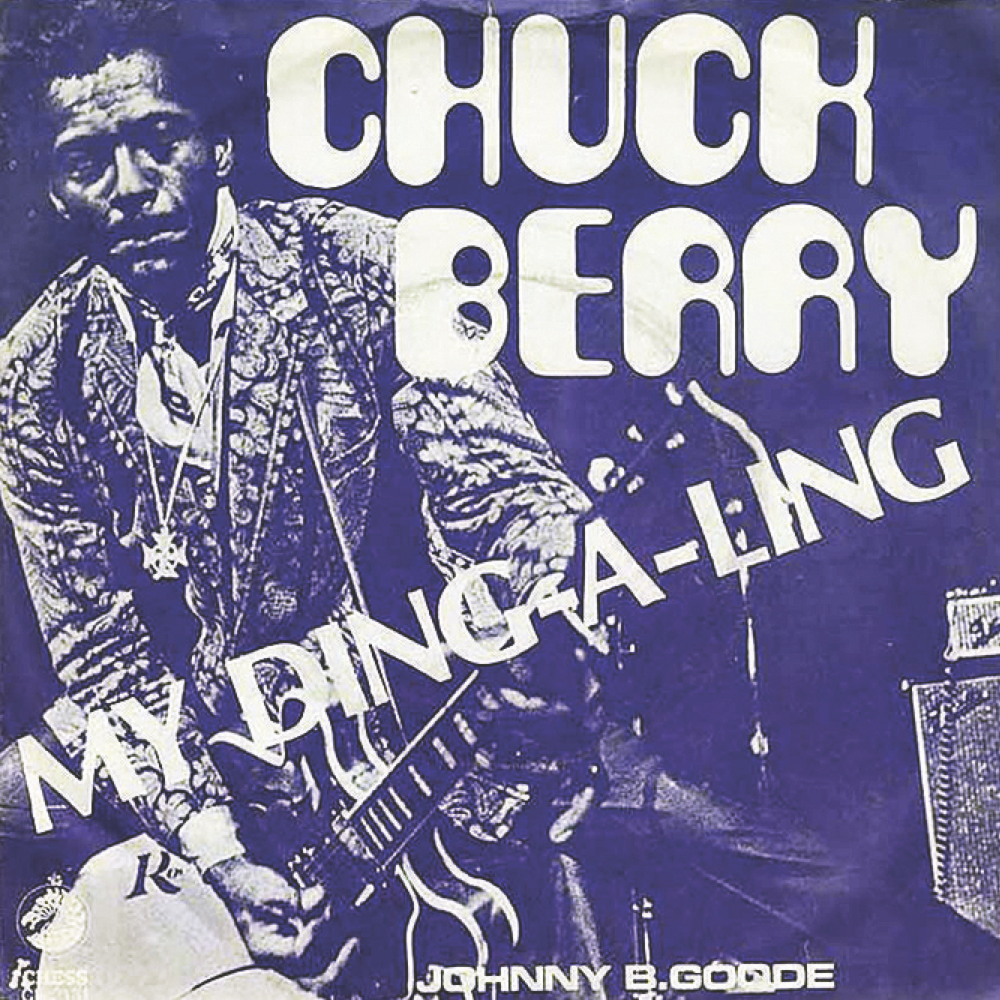
Oct. 21, 1972
MY DING-A-LING
Chuck Berry
Berry’s song, recorded live in concert at a 1972 London arts festival, was written and first recorded by Dave Bartholomew in 1952. Some U.S. stations banned it for its blatant sexual innuendo.
PEAK CHART POSITION: #1 For 2 weeks

May 18, 1974
THE STREAK
Ray Stevens
Stevens read about the new fad and rushed a song into production. His timing was perfect: Less than a week after it was released, a man streaked on national TV during the Academy Awards.
PEAK CHART POSITION: #1 For 3 weeks
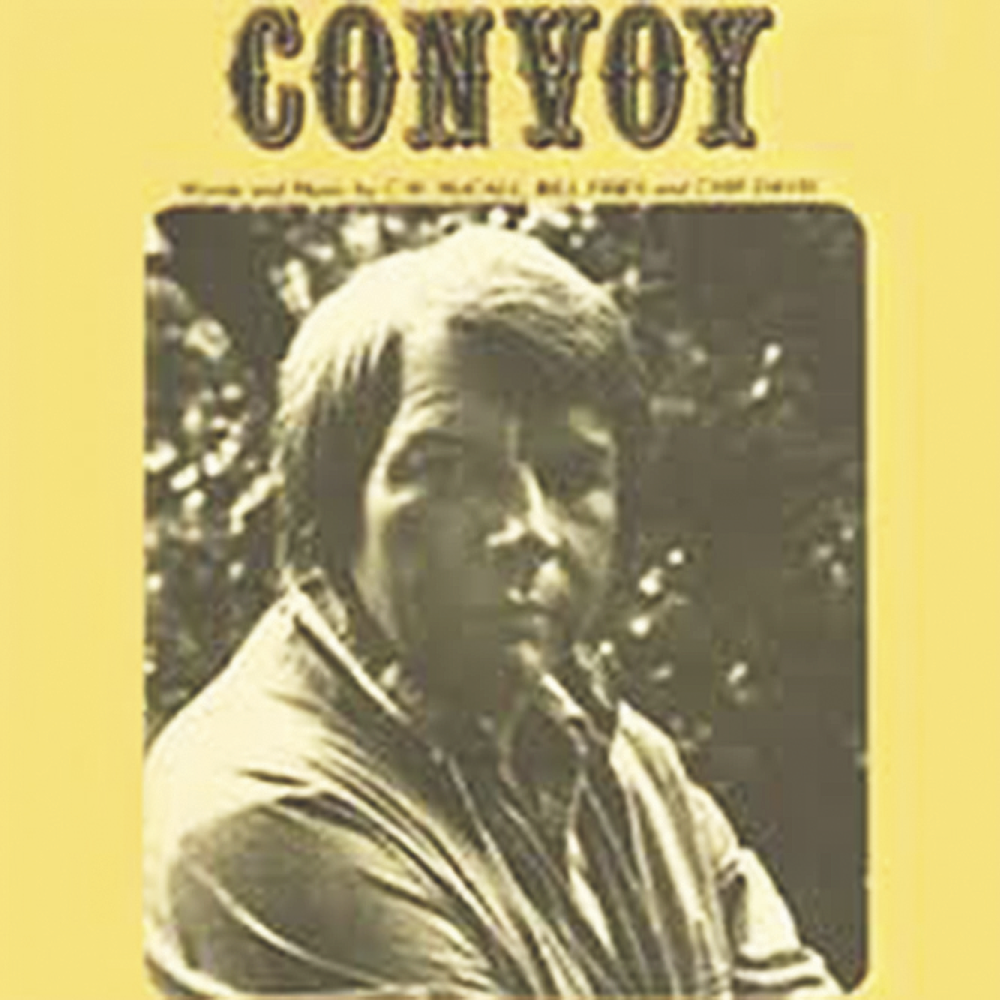
Jan. 10, 1976
CONVOY
C.W. McCall
This song capitalized on the CB radio fad, telling the story of a rebellion by truck drivers. Two years later, the song would be adapted into a movie of the same name starring Kris Kristofferson.
PEAK CHART POSITION: #1 For 1 week
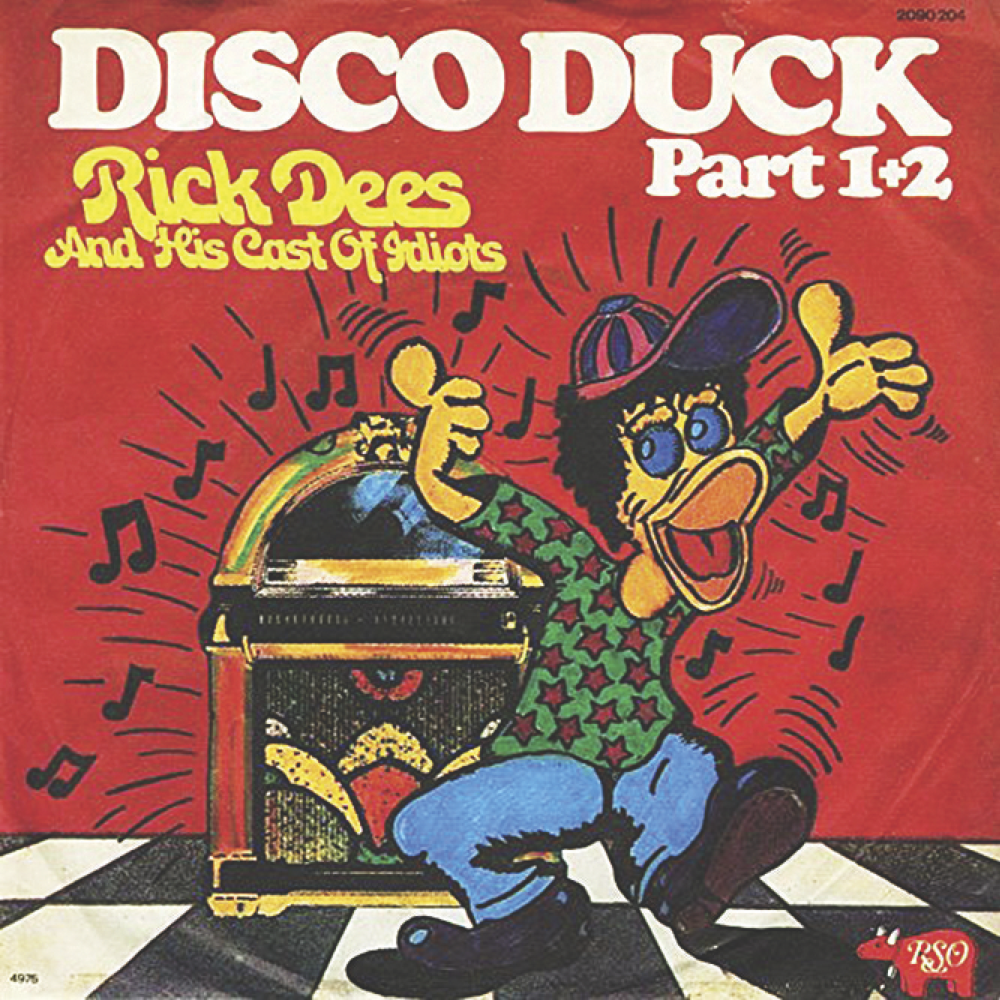
Oct. 16, 1976
DISCO DUCK
Rick Dees and His Cast of Idiots
Memphis DJ Dees wrote and sang this satire of the disco craze. Dees’ station banned him from playing his own hit record and fired him for talking about it on the air.
PEAK CHART POSITION: #1 For 1 week